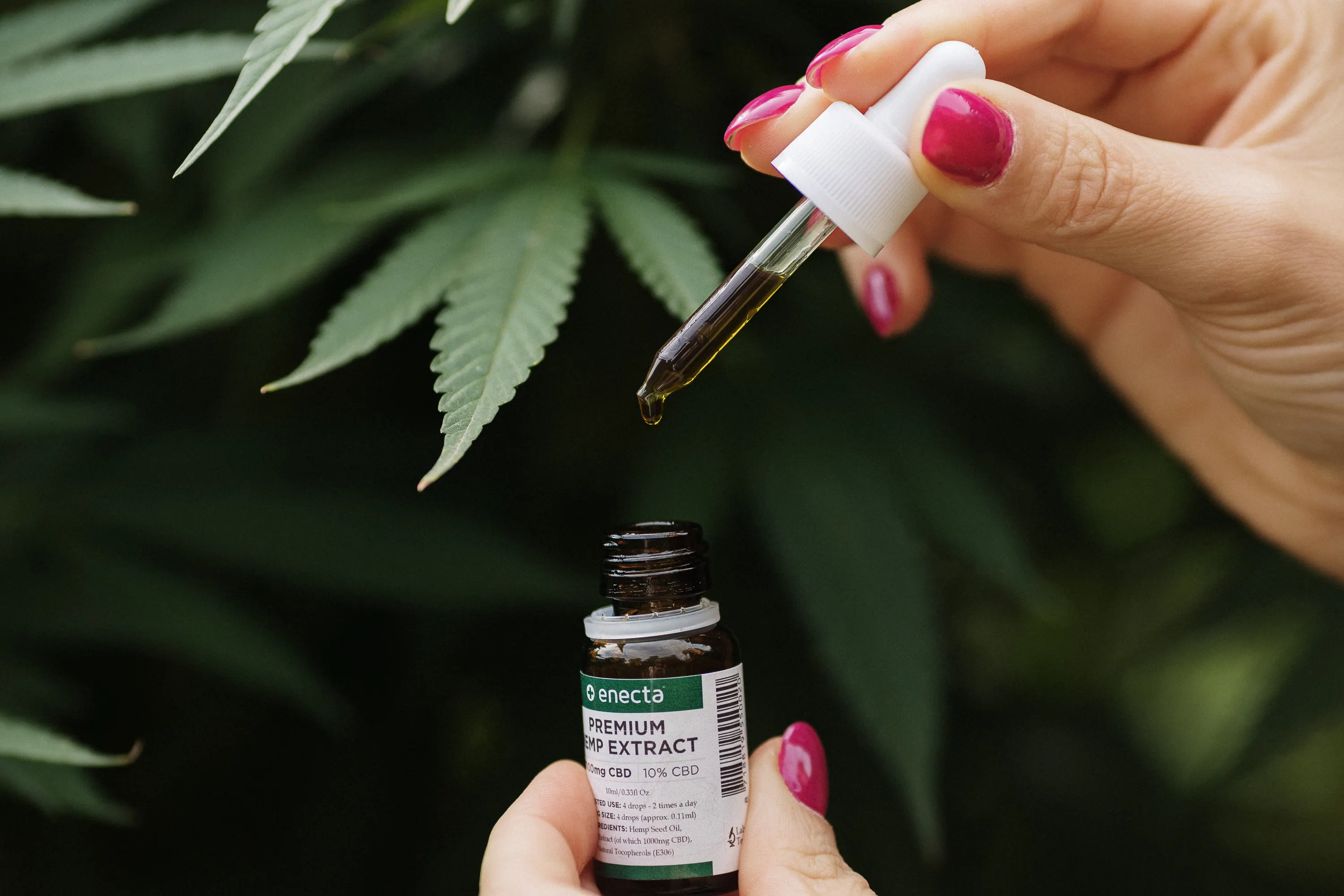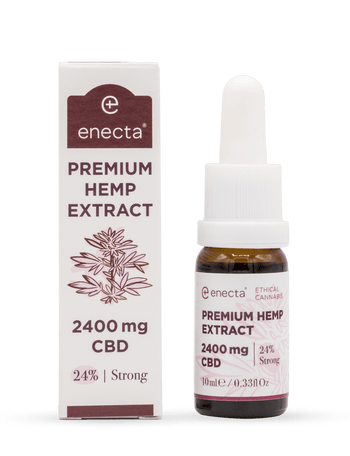Vanuit medisch oogpunt kunnen we deze ziekte indelen in primaire en secundaire artrose. Primaire artrose houdt in dat het kraakbeen verslechtert door genetische invloeden. Secundaire artrose omvat schade aan kraakbeen en gewrichten en heeft een extrinsieke oorsprong.
Het is het resultaat, bijvoorbeeld, van mechanische overbelasting, stofwisselingsstoornissen en ontstekingen. Artrose wordt verder bevorderd door obesitas, slechte lichaamshouding, hormonale stoornissen en zenuwschade. Terwijl artrose alleen gewrichtspijn veroorzaakt wanneer je beweegt of druk op hen uitoefent, veroorzaakt artritis dat de gewrichten pijn doen, zelfs in rust.
Artsen verdelen artrose in 4 stadia, die we u graag in meer detail willen voorstellen:
Fase 1dunt de kraakbeenlaag uit.
Fase 2veroorzaakt dat het kraakbeen wordt vervangen door inferieur vezelig kraakbeen.
Fase 3is gekenmerkt door ulceratie. Hier is het verslechteringsproces al in een laat stadium.
Fase 4vermindert dramatisch de ruimte tussen gewricht en bot. Dit laat het gewricht stijf en in sommige gevallen immobiel achter.








































